The history of 6m Nada, and the restoration story at Woodstock | Following a passionate dream of many years, in 2005, Woodstock began the project of rebuilding the 1930 Fife 6 Metre ‘Nada’. Applying a fusion of sophisticated and traditional techniques, she boasts the design genius of a previous millennium and the best construction skills of 2006.
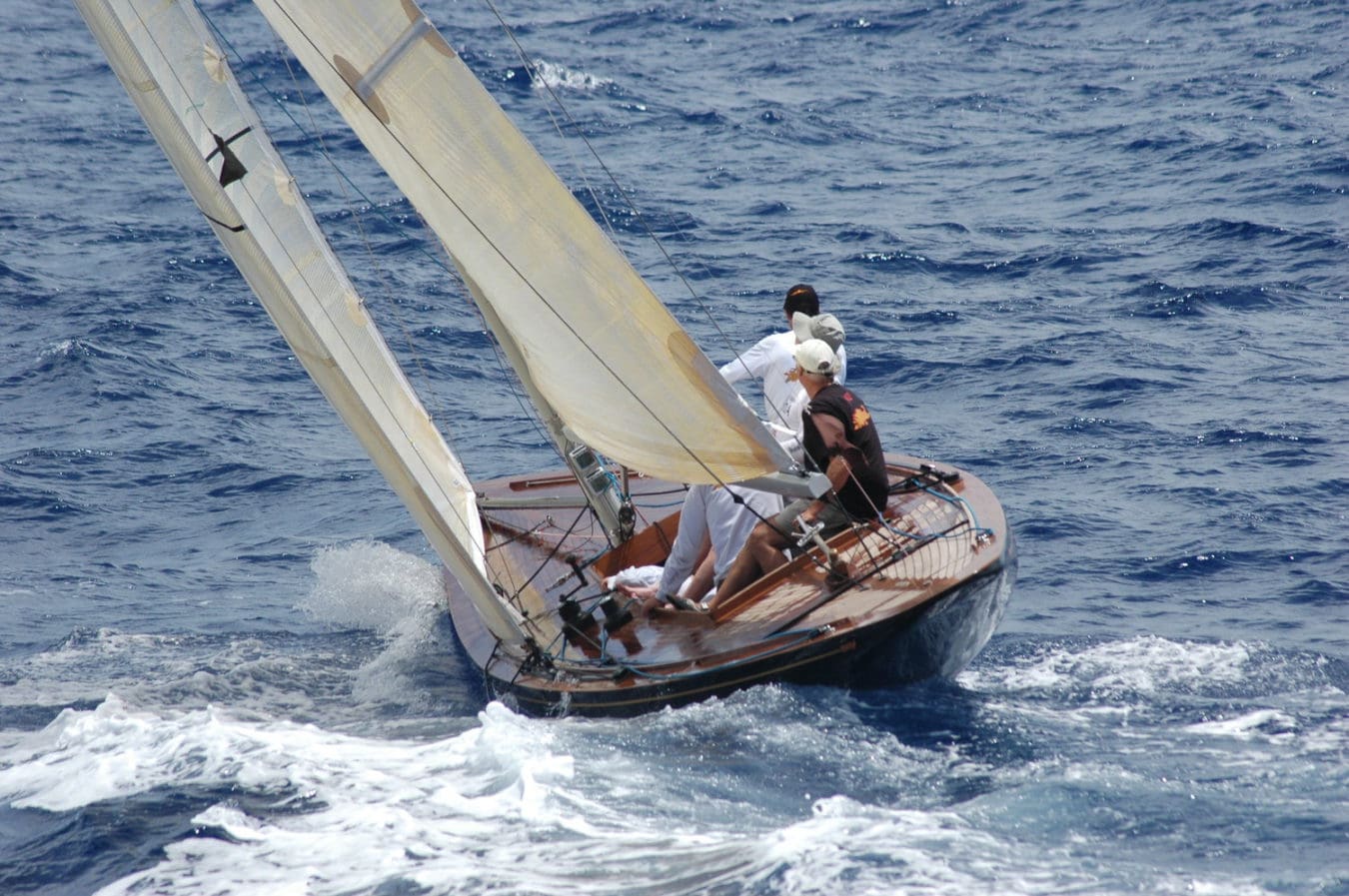
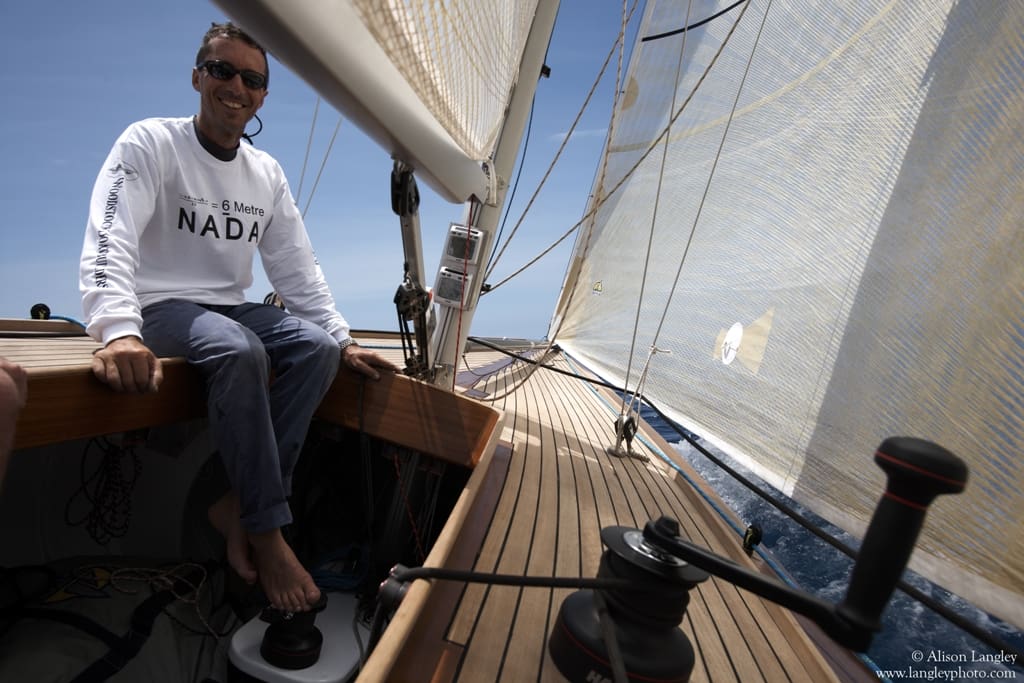
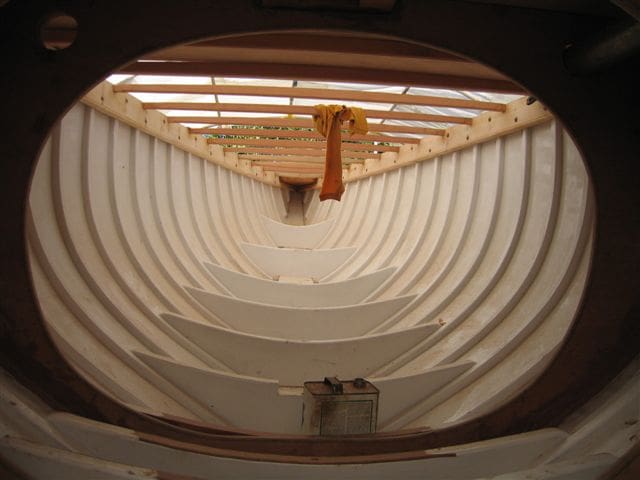
In her day, she was raced successfully by Uffa Fox. Re-launched in April 2006, she went straight on to win every one of her races at Antigua’s Classic Regatta. Subsequently, she was bought by Peter Harrison and campaigned at the 2007 Metre Worlds and the IMETA Championships at Cowes, Isle of Wight, UK.
Nada was designed by William Fife and built at Fairlie in 1929 to conform to the Second International Rule. The Metre Rule and the roots of Metre Boat Racing stretch back to 1906 when a conference was held in London with representatives from the major yacht racing nations to find a formula that would produce beautiful, seaworthy boats that could race against each other internationally. The Americans refused to attend the London Conference, stubbornly clinging to their beloved “Herreshoff Rule”, till they too saw the obvious advantages of an international rule and joined. The French delegation was in attendance but felt their honour seriously slighted when it became apparent the British yachting mandarins were forcing through their choice for the new rule. To appease French honour and prevent a walk out the French Delegation was allowed to contribute the divisor “2” to the end of the pre-arranged British formula explaining why to this day “6-Metre Class” yachts like Nada are in fact closer to 12 metres long.
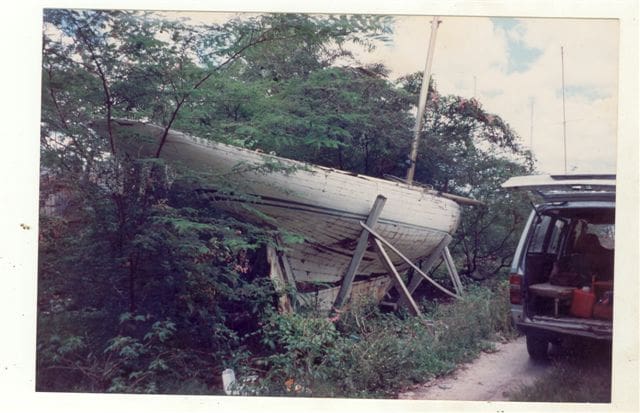

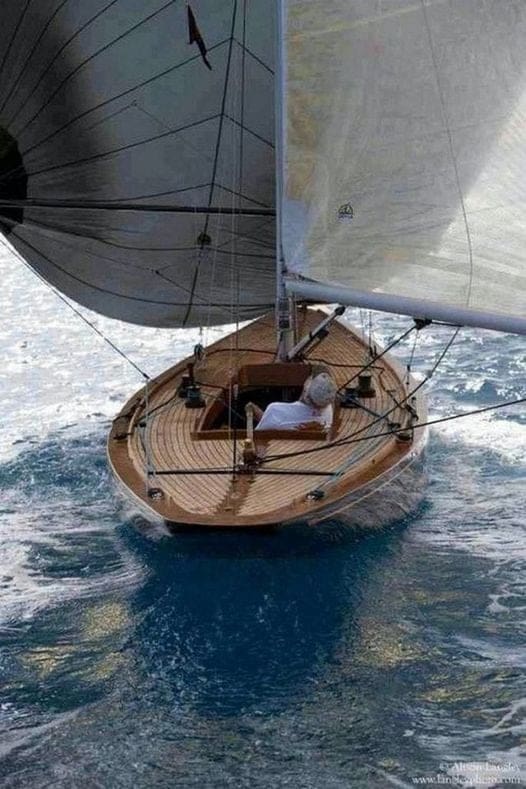
The new International Rule worked and soon boats of various ratings from 5-Metres to 23-Metre Class were competing against each other on both sides of the Atlantic. However, by 1920 some undesirable traits were developing within the class as the boats became extremely thin and over canvassed creating the need for an amended Second International Rule.
Today the 6-Metre Class races under a Third International Rule which meant when Nada’s rebuild began, a difficult choice was presented; to rebuild Nada as she was built to the Second Rule using original techniques and materials or to rebuild her to do what she was built to do; sail as fast as she possibly could.
Article courtesy of Woodstock. The history of 6m Nada, and the restoration story at Woodstock.
ABOUT DOYLE SAILS // Around the world, Doyle Sails has over 500 sailmakers in 46 different locations, all equally passionate about sailing – living and breathing our ethos ’Global Leaders and Local Experts.’
As sailors, our obsession with sailing connects us to the water. The water is our playground, a sanctuary where we seek enjoyment, a competitive playing field where we race as competitors; it’s sometimes our home and always a place that unlocks our sense of adventure wherever that adventure might take us. Behind every adventure is a Doyle sailor who shares this same obsession as you. We put your journey at the very heart of what we do to deliver the ultimate enjoyment and performance, powering our constant need to push the boundaries in sail design and innovation, to reimagine sailing.
From dinghies, club racers and cruising yachts through to Grand Prix campaigns and Superyachts, we are your experts. Meet our team here.
